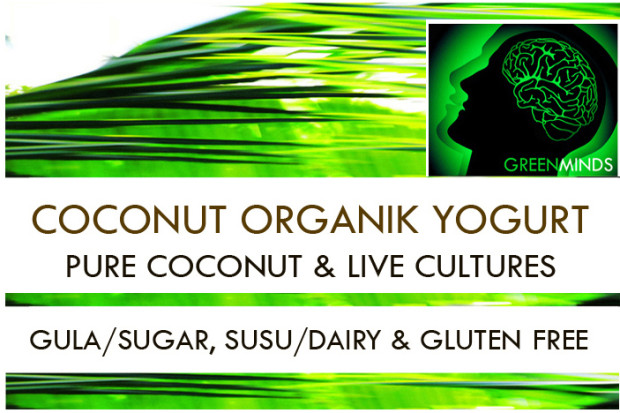Coconut Etymology
One of the earliest mentions of the coconut dates back to
the One Thousand and One Nights story
of Sinbad the Sailor; he is known to
have bought and sold coconuts during his fifth voyage. Tenga, its Malayam and Tamil name, was used in the detailed
description of coconut found in Itenerario
by Ludovico di Varthema published
in 1510 and also in the later Hortus
Indicus Malbaricus. Even earlier, it was called nux indica, a name used by Marco
Polo in 1280 while in Sumatra, takedn from the Arabs who called it جوز هندي jawz hindi.
Both names translate to “Indian nut”.
In the earliest description of the coconut palm known, given
by Cosmos of Alexandria in his Topographia
Christiana written about 545 AD, there is a reference to the argell tree
and its drupe.
Historical evidence favours the European origin of the name “coconut”, for no name is similar in any of the languages of India, where the Portuguese first found the fruit; and indeed Barbosa, Borros, and Garcia, in mentioning the Malayalam name tenga, and Canarese narle, expressly say, “we call these fruits quoquos”, “our people have given it the name of coco”, and “that which we call coco, and the Malabars tenga”.
Historical evidence favours the European origin of the name “coconut”, for no name is similar in any of the languages of India, where the Portuguese first found the fruit; and indeed Barbosa, Borros, and Garcia, in mentioning the Malayalam name tenga, and Canarese narle, expressly say, “we call these fruits quoquos”, “our people have given it the name of coco”, and “that which we call coco, and the Malabars tenga”.
The OED states: “Portuguese and Spanish authors of the 16th
c. Agree in identifying the word with Portuguese and Spanish coco “grinning
face, grin, grimace”, also “bugbear, scarecrow”, cognate with cocar “to grin,
make grimace”; the name being said to refer to the face-like appearance of the
base of the shell, with its three holes. According to Losada, the name came from Portuguese explorers, the sailors of Vasco da Gama in India, who first
brought them to Europe. The coconut shell reminded them of a ghost of which
Portuguese folklore called coco (also coca). The first known recorded usage of
the term is in 1555.
The specific name nucifera is Latin for “nut-bearing”.
Check out our campaign to produce and distribute Organic Coconut Yogurt in Indonesia!
The specific name nucifera is Latin for “nut-bearing”.





